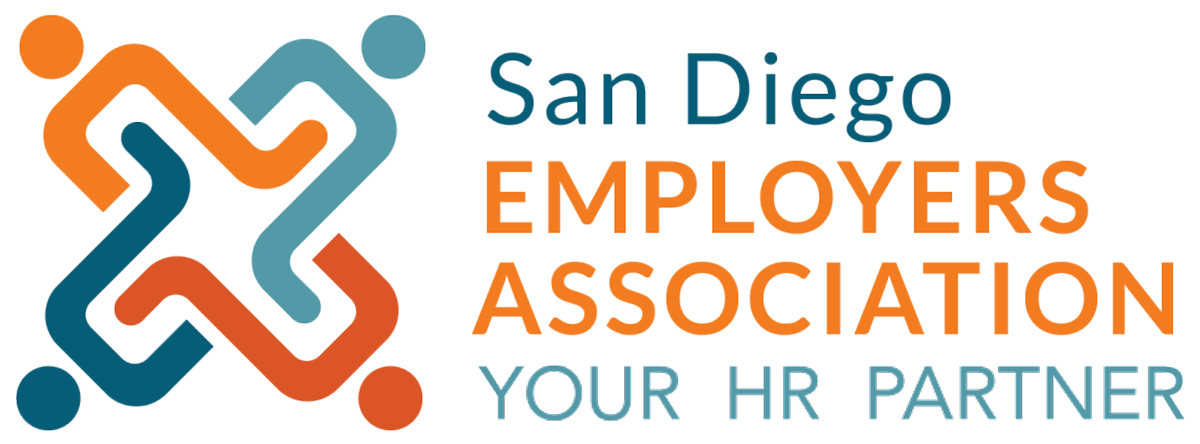9.1.20
MORE LEAVE CONFUSION
By Jennifer Jacobus, PHRca, SHRM-CP SDEA Director of HR Services.
As many employers are merely trying to get by – focusing on their employee’s well-being, getting people back to work, profit margins and new safety requirements –these same employers are now dealing with new “leave” scenarios.
Like most mandatory leaves of absences, employers understand the basics of the Emergency Paid Sick Leave (EPSL) and the Extended Family and Medical Leave (EFMLA). (Here is a link to the DOL requirements).
So, what happens when an employee needs leave for more than one reason? What if the employee is pregnant but then has no one to care for their child? What about an employee who is disabled for a short term for their own illness or injury but that illness puts them in a high risk category making it more dangerous for them to return to work? What about employers who have less than 50 employees, less than 25 employees? While we can’t address every scenario that may come up, we can offer the following guidance which will hopefully help in your decision making.
First, consider all leaves that may be available to the employee. While there are close to 20 different leaves in the state of California, most applicable would be pregnancy disability leave (PDL), Family and Medical Leave (FMLA), California Family Rights Act (CFRA) (including bonding time), New Parent Leave (NPL), and leave as an accommodation under ADA and DFEH. FMLA and CFRA applies to companies that have 50 or more employees and can be used for reasons that include an employee’s own illness, to care for a family member, bonding with a newborn and various military-related reasons. For most employers, the object is to run these leaves concurrently when possible.
An employee who is out for pregnancy related reasons and works for a company with 50 or more employees would be eligible for PDL and FMLA concurrently, then CFRA for baby bonding. If they are then unable to return to work due to lack of daycare for COVID-related reasons, they may be eligible for additional job-protected leave under EFMLA depending on how much standard FMLA they took related to the pregnancy. Employees are “only” eligible for 12 weeks of combined FMLA and EFMLA in the employer’s 12-month benefit year.
If this same employee worked for a company with less than 50 employees, they would be eligible to take the full 12 weeks of EFMLA after their disability leave if they did not have daycare due to COVID. If this employee worked for a company with 20-49 employees and they were eligible for New Parent Leave (NPL) for baby bonding, they could still be eligible for the additional 12 weeks under EFMLA due to lack of daycare. Had enough acronyms?
What about employees who exhausted all of their EFMLA in March, April and May earlier this year and are now faced with distance learning for their kids? Because there is no more protected leave for these employees under EFMLA or any other state law (so far…) employers may be faced with layoffs, furloughs or even terminations. In this case, the employee would be eligible for unemployment insurance. We continue to encourage telecommuting when possible.
Remember that even if you have less than 50 employees and FMLA generally does not apply, under the Family First Coronavirus Response Act, the EFMLA applies to all employers with 500 or less employees. There is a hardship clause in the Act for employers that have less than 25 employees, but remember that this only applies to EFMLA and not the EPSL that allows up to 80 hours of emergency paid sick leave for an employee’s own COVID-related illness or quarantine.
Leaves of absences have always been a complex issue for employers in California and with Covid leave eligibility, they are even more complicated. Please call us if you need assistance at 858-505-0024 and check out the spreadsheet related to COVD and pregnancy leaves below.





